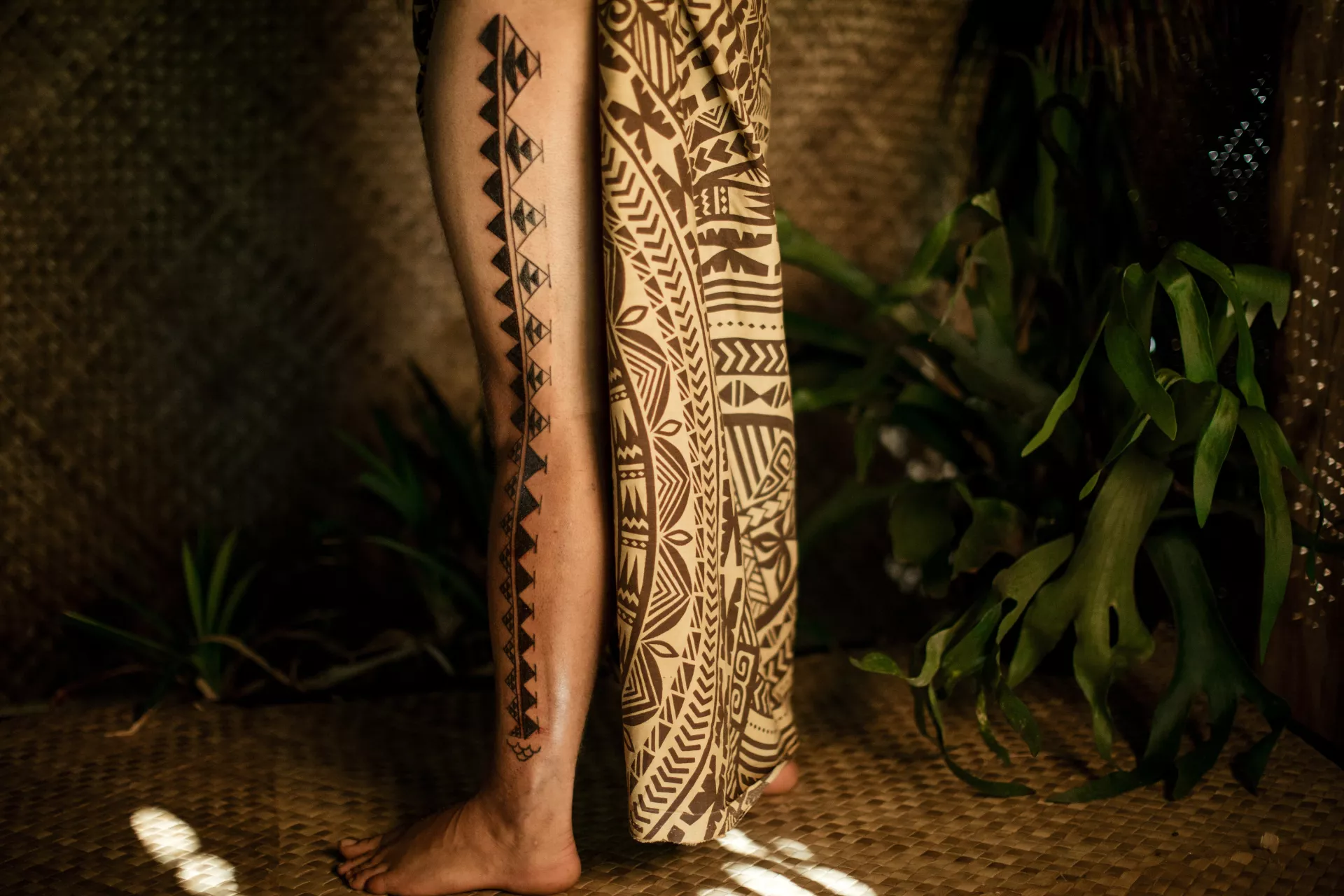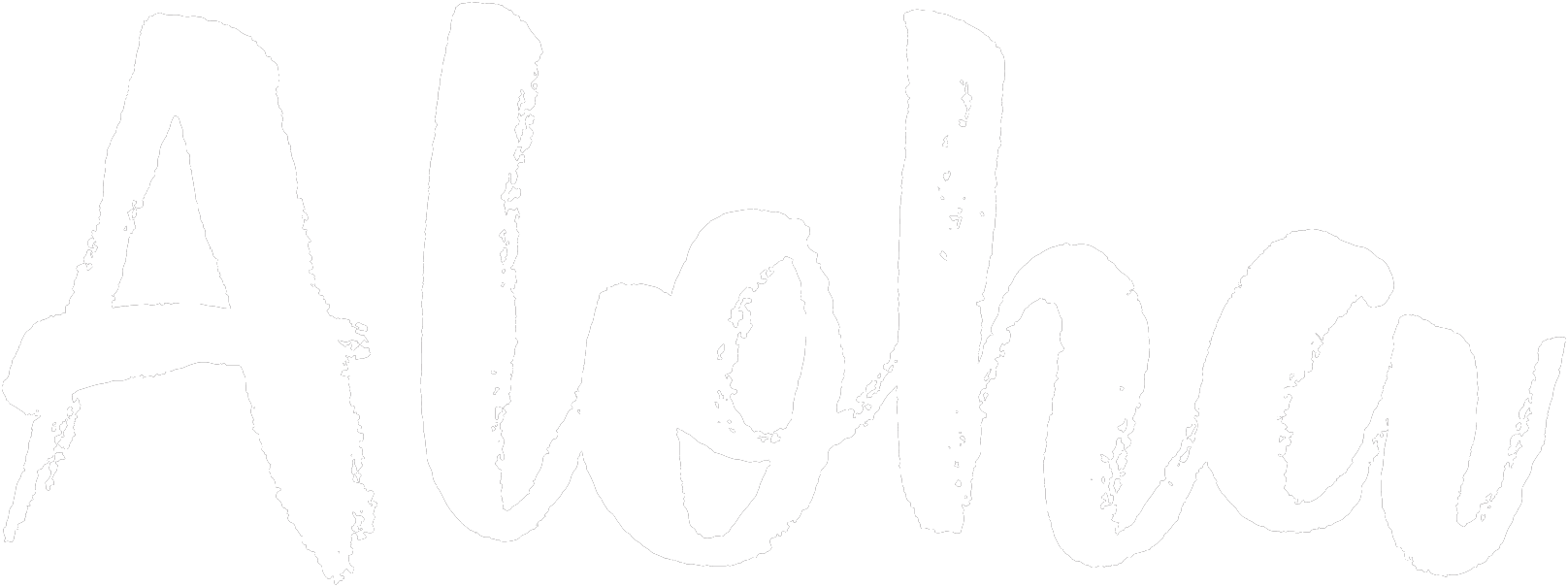Suluape Keone Nunes
It’s 2 a.m. on Oʻahu’s breathtaking, Waiʻanae coast. At this hour, the connection between the physical and the spiritual world intermingles. In the shore break, Keone Nunes is waking up his tools for Kahekili, the god of tattooing. He does a prayer and dips his tattooing tools into the water to make them aware they’ll be doing sacred work today. It's a fairly simple ceremony, but it's embedded in thousands of years of culture.
Nunes, considers himself more of a practitioner than a tattooist. He brought back the art of traditional tattooing to Hawaiʻi in the 90’s, learning from the Samoan kākau (tattoo) master, Sua Suluape Paulo. It’s an art form that doesn’t use machinery, just traditional, handmade tools — made of whale bone, wood and fibers — to tap natural ink into the skin.
In a small hale (house) in the back of Nunes home in Waiʻanae, he prepares for his next subject. The designs he creates relate to genealogies, protection or ʻaumakua (family gods), and the kuleana (responsibility) that goes with them. Nunes says a prayer so that the ink and the tools will work hand in hand to create something that will give mana (spiritual power) to the individual. It’s a special ceremony to witness, but it’s an art form that was almost lost to time.
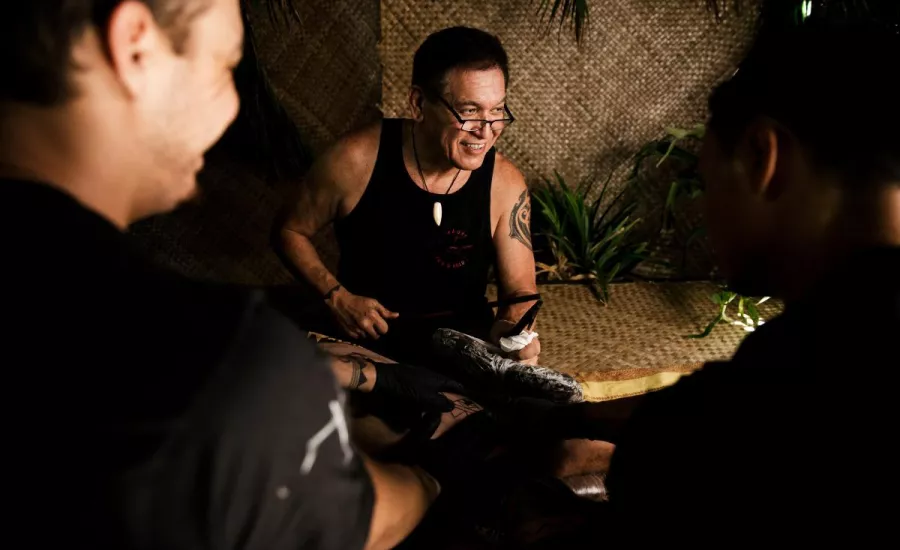
“When you receive a tattoo, you not only change physically, but oftentimes, there is a deeper change within you.”
Where does the word tattoo come from?
The word "tatau" or "kākau" in actuality means to be placed upon and struck, and that's what we're doing, where "ka" means "to strike," "kau" is "upon," to strike upon the skin. The word "tattoo" comes from the root word "tatau." And it was taken by European sailors and brought back to Europe. And instead of saying "tatau," they called it tattoo.
Tell us about the importance of your tools.
The tools are the conduit of the work. That's why the genealogy of the tools is very, very important. I was very fortunate to have been taught by Sua Suluape Paulo, arguably the best traditional tattooist in the world. In '98, he came over to Hawaiʻi, and he wanted to watch me tattoo. He presented me with some tools and said, "This is for you to reintroduce back to Hawaiʻi." At that time, no one was tattooing like that in Hawaiʻi. I realized that I had a responsibility that I couldn't back away from. It's the tools that choose you, it's not you that chooses the tools.
What was it like getting your first traditional tattoo?
It was just amazing, because to lie there and understand that what you're feeling is exactly what your ancestors felt 1,000, 2,000 years ago is amazing. We're not afforded that opportunity to truly understand how our ancestors felt, because we live in such a contemporary world now. And for me, it was profound.
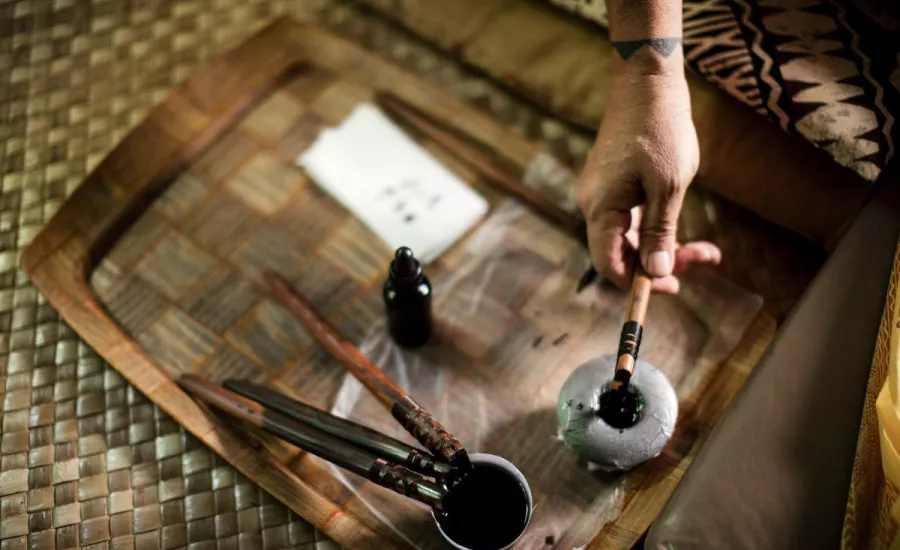
“It should be taken for its root value, getting back to the basics of who we are as a people.”
What was the importance of a tattooist in ancient Hawaiian times?
In traditional times, there were many people that got tattooed, but it was only people with high rank that had a tremendous amount of work done. Part of it was because the healing process with traditional inks took a lot longer time. So, the tattooist had a very high rank within the overall societal scheme of things. What was told to me was that they are of a high priestly level, so high that they were the only ones that were allowed to shed the blood of aliʻi, of royalty, and not be killed.
Talk about the connection between you and the person receiving a tattoo.
It's not about you, it's about the person you're working with and the connection you have to be able to make sure that whatever design you've decided on will be able to benefit them. So, it’s not just a one-way thing, it’s work that is done by two people that really trust each other.
How do these tattoos connect Native Hawaiians to their roots?
The placement and designs afford the person a connection with their ancestors, a connection with who they are. It reaffirms that person as being kānaka (Native Hawaiian), as being from this place. It gives you a deeper-rooted connection. It gives you a basis, a foundation to continue your life on.
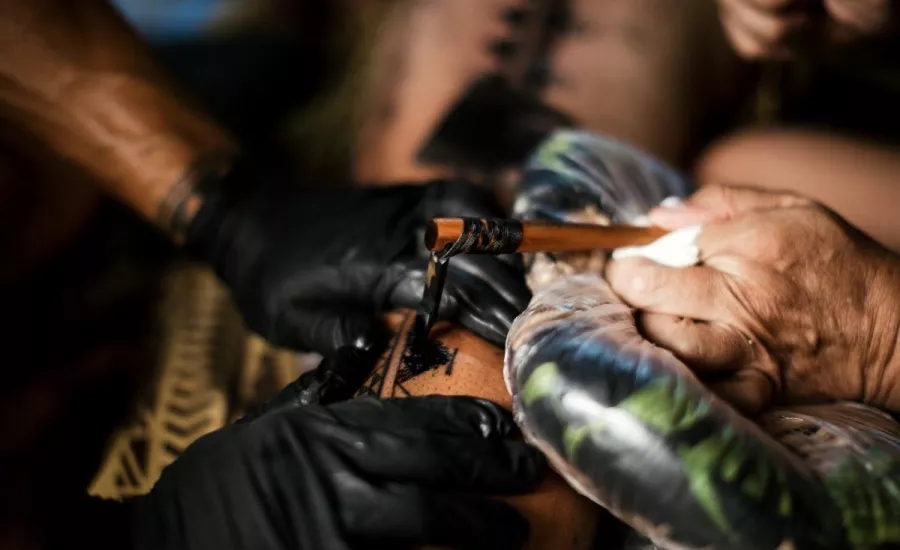
Browse Hawaiʻi Adventures
Please note: We apologize for any inconvenience, but our preferred business listings below are in English only.

